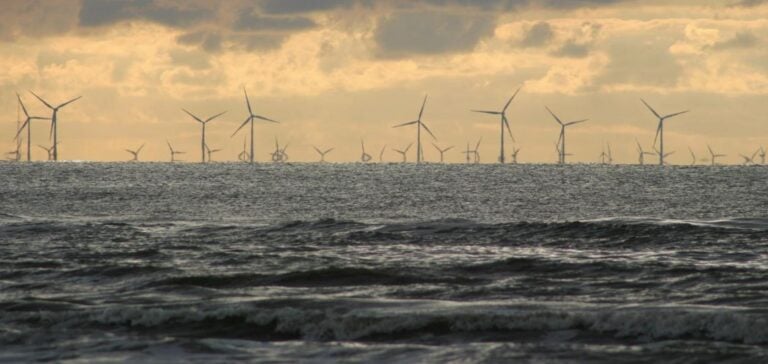BlueFloat Energy’s offshore wind project, Gippsland Dawn, recently received “Major Project” status from the Australian government. This status, awarded to only 16 projects nationwide, places Gippsland Dawn among the select few offshore wind projects to gain this recognition, underscoring its strategic importance in Australia’s energy transition.
Australian Minister for Industry and Science Ed Husic confirmed this decision in an official letter to BlueFloat Energy. With the “Major Project” status, Gippsland Dawn will now receive support from the Major Projects Facilitation Agency, which will assist in navigating necessary approval processes. This initiative was also shared with the Premier of Victoria, Jacinta Allan, and other federal officials to ensure institutional support for the project.
A Key Player in Australia’s Renewable Energy Sector
The granting of “Major Project” status reflects Gippsland Dawn’s crucial role in developing an offshore renewable energy industry in Australia. Located in the Bass Strait, at a distance ranging from 10 to 33 kilometers from Paradise Beach and Ocean Grange, this project aims for a production capacity of 2.1 gigawatts (GW), enough to power more than a million Australian homes.
In addition to meeting the country’s growing energy needs, Gippsland Dawn is expected to create approximately 2,000 jobs during construction and up to 300 permanent roles in operations and maintenance. The project is part of a broader effort to strengthen local supply chains, contributing to sustainable economic growth and investment in the region.
AUD 10 Billion Investment
BlueFloat Energy has announced an investment of around 10 billion Australian dollars to bring Gippsland Dawn to fruition, marking it as one of the most ambitious renewable energy projects in Australia. Alongside its significant contribution to reducing carbon emissions, the project also aims to stimulate the regional economy. BlueFloat emphasizes the importance of collaboration with local communities and stakeholders to ensure smooth development and shared benefits.
The project envisions a transmission network consisting of subsea cables and substations to transmit electricity to Australia’s national grid. Studies to determine the onshore connection point are underway in partnership with VicGrid, the body responsible for managing electrical connection infrastructure in the state of Victoria.
A Long-term Commitment to Energy Transition
While “Major Project” status does not guarantee Gippsland Dawn’s financial success, as noted by Minister Husic, it acknowledges the project’s potential economic impact for the country. Nick Sankey, BlueFloat Energy’s Managing Director in Australia, and CEO Carlos Martin have expressed their enthusiasm for Gippsland Dawn’s contribution to Australia’s sustainable energy future.
The project is scheduled to commence construction in 2029 and to become operational by 2031, with an operational life exceeding 30 years. Gippsland Dawn is positioned to become a cornerstone of renewable energy production in Australia, supporting national emissions reduction goals and increasing energy capacity.





















